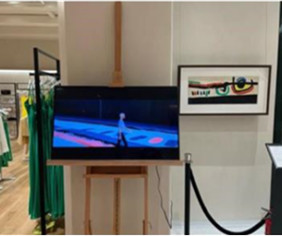Warhol v. Goldsmith, purpose, and character
43(B)log
OCTOBER 20, 2022
Professor Reese’s Transformativeness and the Derivative Work Right , 31 Colum. & Arts 467 (2008), whose analysis I followed in Content, Purpose, or Both? Such a standard is likely to substantially suppress publishers’ circulation of fair uses in case “this time is different.”











Let's personalize your content